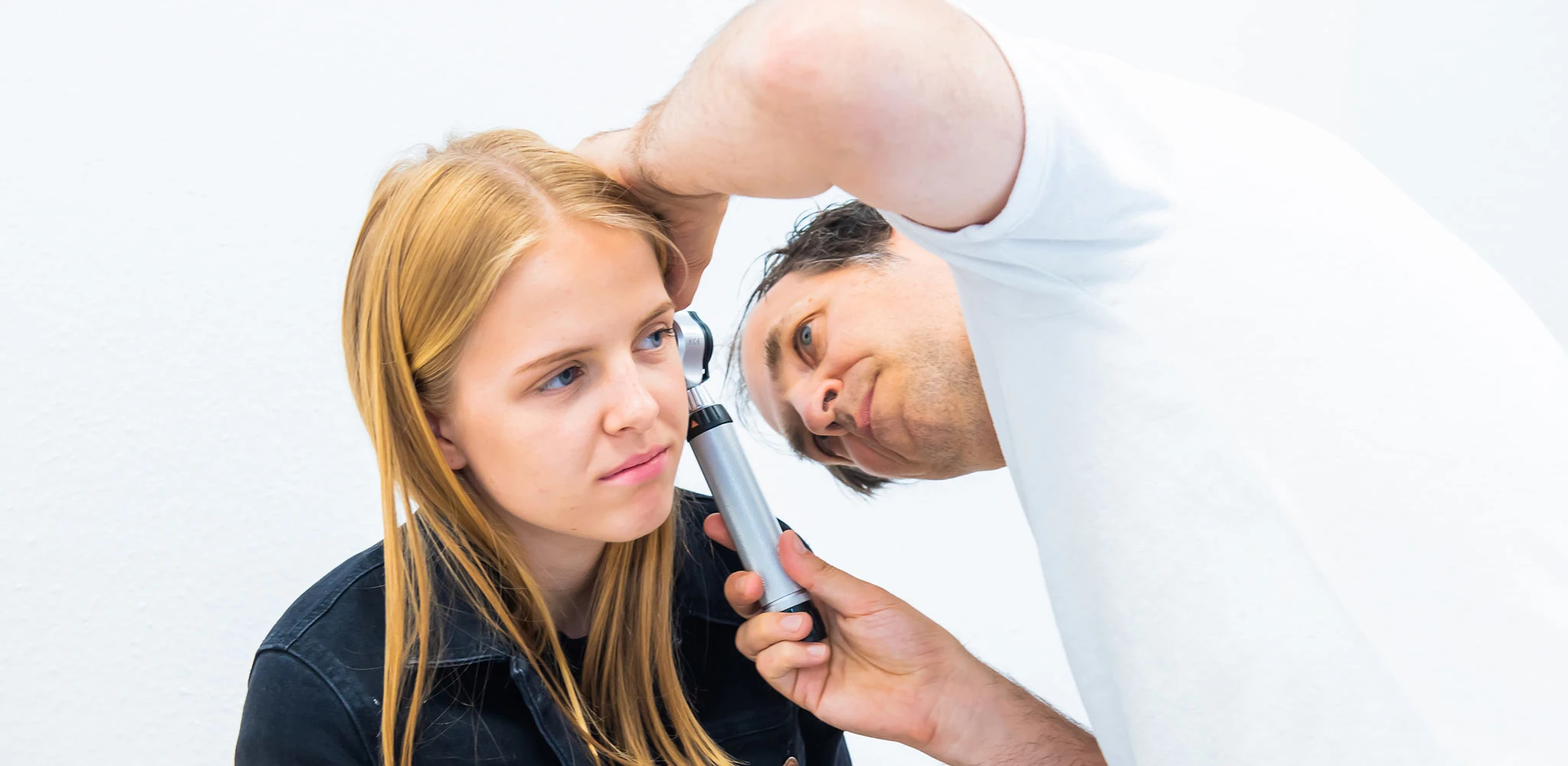What to do in the event of self-harming behaviour?
Today we are looking at a really serious topic: self-harming behaviour in young people. Unfortunately, we've been seeing more and more of this in surgeries in recent years. It typically becomes an issue from the age of around 14. It occurs more frequently in girls, but also in boys, also increasingly in recent years.
What is self-harming behaviour? This is when someone inflicts open bodily harm on themselves with non-suicidal intent.
The triggers and reasons for this behaviour are, as expected, extremely complex. One thing is clear: the young person is in great emotional distress. And he or she has realised or discovered for themselves that self-harm leads to a kind of short-term relief or release of tension. It is often very difficult for relatives or parents to understand that this is not some kind of bizarre behaviour on the part of the young person, but a coping method (i.e. a kind of coping strategy) with which they try to bring a mental imbalance back into harmony.
It is very important for those around them to pay attention. How do young people who often want to hide their behaviour stand out? For example, by wearing long clothes even at 38 degrees, by avoiding visits to the swimming pool or by more or less refusing to expose their arms and legs to their parents or other people. Another possible warning sign is disinfectant or wound material hoarded in the room.
If you have suspected or seen self-harming behaviour - this also applies to teachers - one thing is very important: address the matter. This should be done as neutrally as possible and should not come across as accusatory or judgemental. You have to be clear: This young person is in great emotional distress and needs help. And then it is important to make an appointment with a child and adolescent psychiatrist or paediatrician as quickly as possible, who can at least act as an interface here. In short, it's important to be alert and take action if you notice something.
Further information can be found here: https://www.neurologen-und-psychiater-im-netz.org/kinder-jugendpsychiatrie-psychosomatik-und-psychotherapie/warnzeichen/selbstverletzendes-verhalten-svv
Further interesting tips
Burns, scalds
"Paulinchen was home alone ..." - many of you know the fate of the girl from Struwwelpeter. Here are our tips for preventing and treating burns and scalds so that your children are spared this.
Dummy
When is my child too old for a dummy? All parents ask themselves this question sooner or later. There are many answers. But there is also a very simple way.
J1 screening
This is almost the end of our series on medical check-ups. We are looking at J1, the penultimate examination.
